Conchas, those delicious Mexican sweet breads, are known for their golden crust and soft interior. But did you ever wonder why they come in such vibrant colors? From the classic golden hue to the striking pink and yellow varieties, conchas with vibrant colors captivate food enthusiasts worldwide. Whether you’re a fan of the iconic pan dulce or seeking to elevate your baking skills, understanding how to achieve these colorful conchas is key to creating a masterpiece. This article dives into the secrets behind the vibrant colors of conchas, explores the different types, and offers expert tips for achieving perfect results every time. Whether you’re a seasoned baker or new to the art of making conchas, this guide has everything you need to know to master the craft of creating conchas with vibrant colors and unique flavors.
Key Takeaways
– Achieve Lighter Conchas: Ensure your dough gets adequate proofing time for a risen texture.
– Avoid Overflouring: Stick to measured amounts and choose the right flour for optimal elasticity.
– Master Baking Temperatures: Use moderate heat and monitor closely to prevent burning.
– Enhance Flavor and Texture: Chill dough overnight for deeper flavor and easier handling.
– Ensure Fluffy Results: Use a proper flour ratio, sufficient fat, and adjust for your baking environment.

Why Are Conchas Different Colors?
Conchas, those delicious Mexican sweet bread rolls with a crunchy cookie-like top, come in various colors such as white, brown, and pink. The color variations arise from differences in ingredients, flavors, and regional preferences.
- White Conchas : These are the classic variety, made with vanilla and a simple crust. Their color is primarily due to the natural ingredients like butter or lard, which contribute to a light hue.
- Brown Conchas : These are flavored with chocolate, giving them both their color and rich taste. The chocolate adds depth to both the flavor and the crust’s appearance.
- Pink Conchas : The pink color is often achieved through food coloring, though sometimes it’s naturally derived from fruits like strawberries. This vibrant color is popular for its eye-catching appeal and can sometimes indicate a sweeter flavor profile.
Each color option caters to different tastes and preferences, reflecting both traditional practices and modern innovations in baking.
Types of Concha
Conchas are a traditional type of Mexican pastry, often referred to as “pan dulce” or sweet bread. They are known for their unique shape, resembling a shell, and their rich, buttery flavor. Here are the different types of conchas you can enjoy:
1. Traditional Conchas
These are the classic variety of conchas, characterized by their golden-brown crust and soft, sweet interior. Traditional conchas are simple and versatile, making them a popular choice for everyday snacking or as part of a larger dessert.
2. Modern Variations
In recent years, conchas have evolved into more elaborate varieties. Some modern takes include:- Conchas de Crema: Filled with a creamy cheese mixture, these conchas offer a richer, creamier texture.- Conchas de Chocolate: Made with a chocolate-filled center, these conchas are perfect for chocolate lovers.- Conchas de Nuez: Infused with peanut butter, these conchas combine the smoothness of peanut butter with the sweetness of the concha base.
3. How to Enjoy Conchas
Conchas are often enjoyed on their own as a snack or paired with coffee, tea, or even as a component in desserts. They can also be used in dishes like Parisienne (a French dessert that features sliced conchas with whipped cream and fruit).
Recipe for Basic Conchas
If you’d like to try making conchas at home, here’s a simple recipe: – Ingredients: – 2 cups all-purpose flour – 1 cup sugar – 1 teaspoon salt – 1 tablespoon butter, softened – 1 egg, beaten – 1/2 cup milk – Instructions: 1. In a large bowl, mix together the flour, sugar, and salt. 2. Add the butter, egg, and milk to the dry ingredients and mix until a dough forms. 3. Knead the dough on a floured surface until smooth, about 8-10 minutes. 4. Cover the dough and let it rest for 30 minutes. 5. Roll out the dough to 1/4-inch thickness and cut out concha shapes using a cookie cutter or mold. 6. Bake at 350°F until lightly golden, about 20-25 minutes. 7. Let cool on a wire rack before serving.
By trying these different types and variations, you can discover which concha variety you prefer most. Whether you’re a fan of traditional or modern twists, conchas offer a delightful treat that’s both easy to enjoy and full of flavor.

What is the difference between pan dulce and conchas?
Pan dulce and conchas are both traditional Mexican sweet breads, but they have distinct characteristics and uses. Here’s a breakdown of their differences:
- Shape and Appearance: – Conchas: These are small, round, and shell-shaped, giving them their name “concha” (shell in Spanish). – Pan Dulce: While pan dulce can come in many shapes, it is often elongated, torpedo-shaped, or formed into rings, ears, or other creative forms.
- Texture: – Both are known for their soft, chewy texture and sweet flavor.
- Sweetness Level: – Both are mildly sweet and often enjoyed with coffee or as a dessert.
- Cultural Significance: – Conchas: Traditionally made during holidays like Día de los Muertos (Day of the Dead), they are a staple at gatherings and celebrations. – Pan Dulce: Eaten year-round, pan dulce is a versatile ingredient in both sweet and savory dishes.
- Ingredients: – Both are made with a similar base of flour, sugar, butter, milk, and yeast, resulting in a rich, golden crust and tender interior.
In summary, while pan dulce and conchas share many similarities, conchas stand out for their unique shape and cultural association with festivals, making them a beloved treat during special occasions.

Why Did My Conchas Come Out Dense?
If your conchas ended up dense, there might be several reasons related to the ingredients, technique, or baking conditions. Here’s a breakdown of potential causes and solutions:
- Underproofed Dough : Yeast needs the right environment to activate and rise. If your dough wasn’t given enough time to proof, it won’t develop the necessary structure and will end up dense. Make sure to let your dough rest in a warm place for the recommended time.
- Overflouring : Adding too much flour during mixing or kneading can make the dough too dry and dense. Stick to the recipe’s measurements and avoid adding extra flour unless the dough feels sticky.
- Incorrect Baking Temperature : Baking conchas at too high a temperature or for too long can cause the exterior to burn while the interior remains undercooked. Aim for a moderate heat and keep an eye on your conchas towards the end.
- Type of Flour : Using all-purpose flour may result in a less elastic dough compared to bread flour. Consider using bread flour for better texture. If using all-purpose, ensure it’s not old or lacking in moisture.
- Too Much Sugar or Salt : High levels of sugar or salt can disrupt yeast activity and affect the final texture. Balance is key—follow your recipe’s guidelines carefully.
- Handling Techniques : Overworking the dough during kneading or shaping can develop too much gluten, leading to a dense texture. Be gentle and follow the recipe’s instructions precisely.
- Baking Pan Issues : If your conchas are too large or your pan isn’t properly preheated, they might spread unevenly, resulting in a dense center. Ensure your dough is divided correctly and your pan is prepared ahead of time.
By addressing these factors, you can work towards achieving lighter, more bouncy conchas in the future.
Why Aren’t My Conchas Fluffy?
Your conchas may not be fluffy due to several factors affecting their texture and rise. Here are the potential reasons and solutions:
- Flour Type and Ratio: Using the correct flour is crucial. A blend of 75% unbleached bread flour and 25% whole red wheat bread flour can yield softer, fluffier conchas. Ensure precise measurements for optimal results.
- Fat Content: Insufficient fat (butter or shortening) can lead to dryness. Check your measurements to ensure you’re using the recommended amount to add moisture and richness.
- Baking Temperature and Time: Overbaking can make conchas tough. Use a timer and check a few minutes early to avoid drying them out. Adjust the temperature slightly if necessary for your oven’s performance.
- Dough Resting: Allow the dough to rest adequately, typically 1-2 hours, to let the gluten relax and develop properly, ensuring a smoother texture.
- Altitude Adjustment: Higher altitudes may require adjustments like increasing liquid or reducing sugar to prevent gassing and aid in rising.
- Storage Method: Store conchas in a dry container to prevent sogginess and maintain their flaky texture over time.
- Oven Rack Position: Ensure the rack is placed correctly to allow even heating, preventing uneven baking and ensuring proper rise.
By addressing these factors, you can achieve lighter, fluffier conchas with a golden crust. Experiment with these adjustments to find the perfect balance for your baking environment and preferences.

Can I Let My Concha Dough Rise Overnight?
Yes, you can let your concha dough rise overnight by following these steps:
- Initial Rise : Allow the dough to rise once until it has doubled in size. This typically takes about 1-2 hours depending on the room temperature.
- Chill in the Refrigerator : After the first rise, place the dough in the refrigerator. The cooler temperatures will slow down the yeast activity, allowing for deeper fermentation and enhancing the flavor profile of the dough.
- Overnight Chilling : Keep the dough refrigerated for between 6 to 24 hours. This extended chilling period is ideal for developing the dough’s flavor and making it more manageable to work with.
- Final Rise Before Baking : The next day, remove the dough from the refrigerator and allow it to come to room temperature for about 30 minutes to an hour before shaping and proceeding with the baking process.
By following this method, you can enjoy a well-flavored concha with a perfect texture, even after chilling the dough overnight.
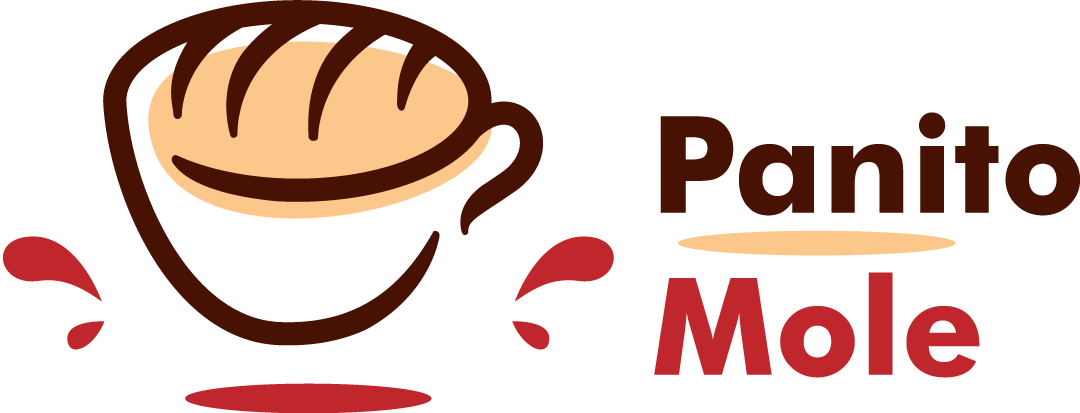
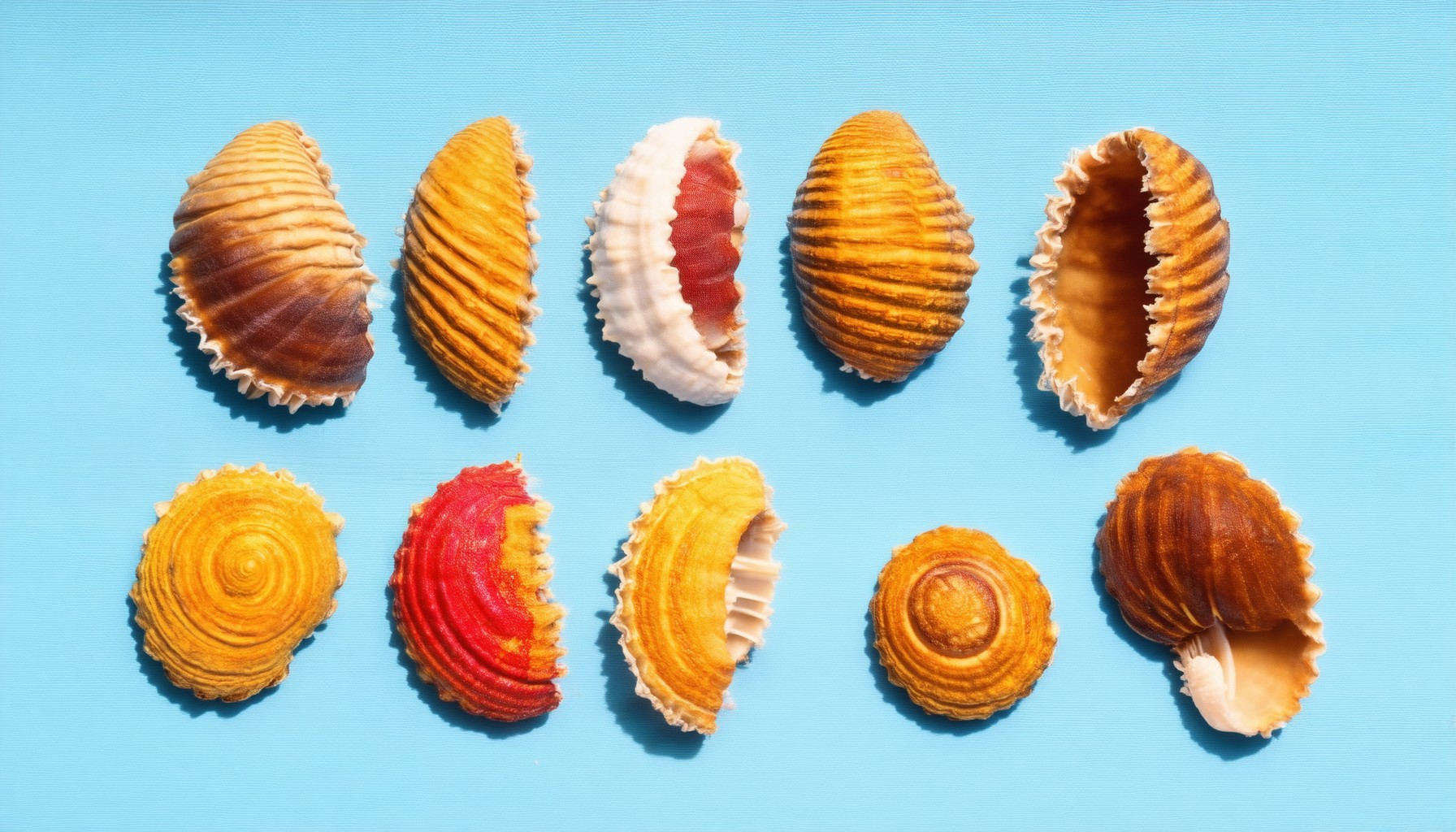
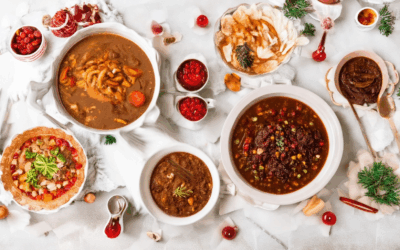
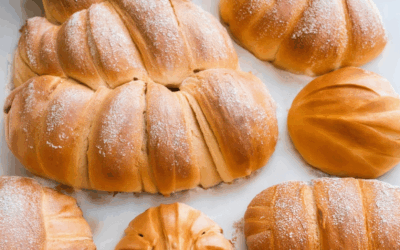
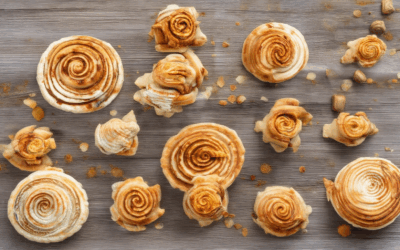
0 Comments